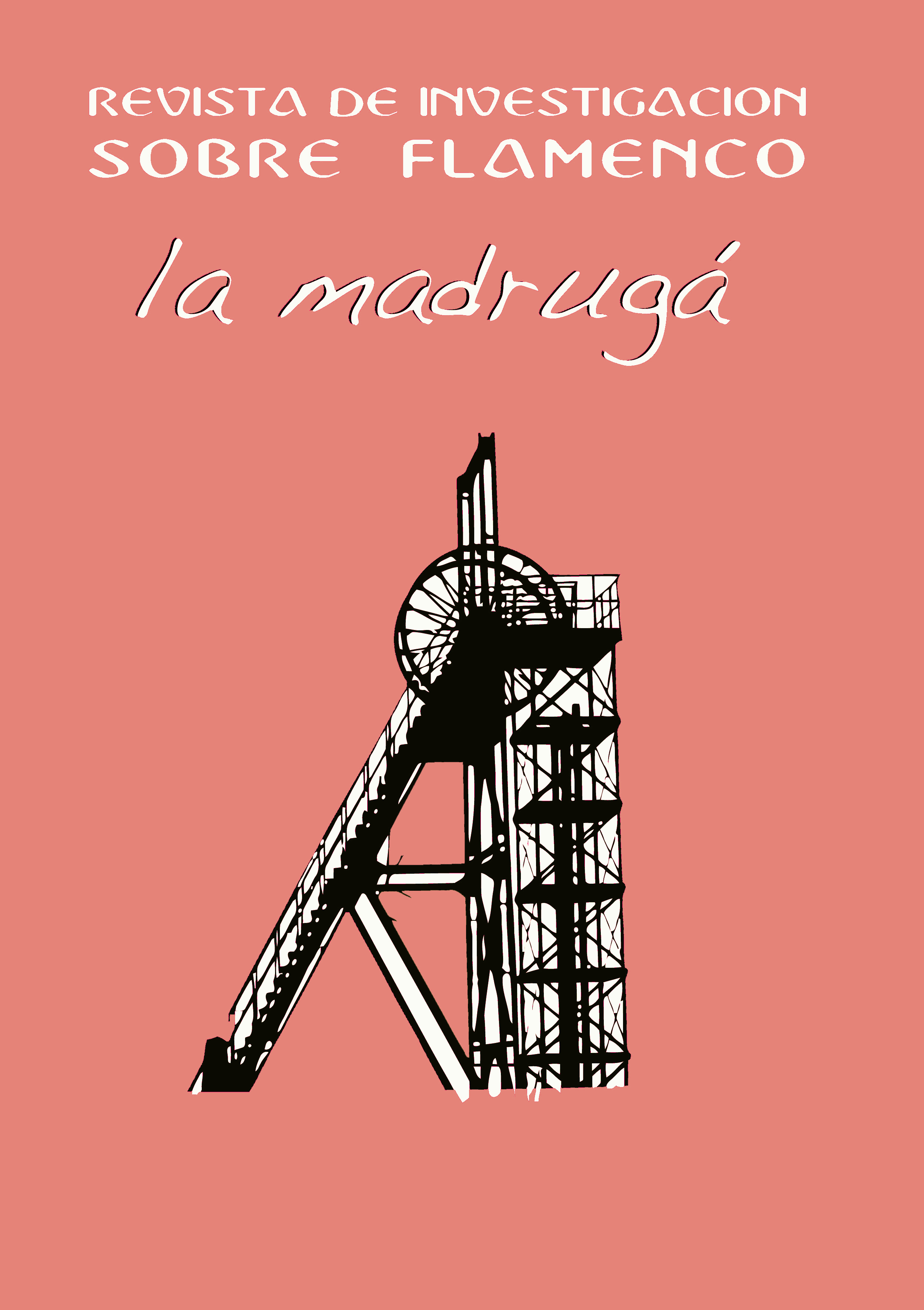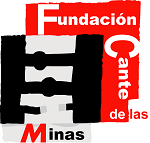El flamenco como medio de subsistencia en La Marquesona (1940)
Abstract
During the early years of the seventh art, especially in the 1930s and 1940s, flamenco singing and dancing were very prevalent within Spanish cinema, whose projection was national and international. In this article, different topics from the film La Marquesona will be studied, in which flamenco exercised as a means of survival —by La Marquesona and her musical group— made it possible for a single mother to support her daughter in those years when being a member of the gypsy community was not easy, and neither was it easy to make a living from art. Flamenco as an identity, the social classes represented in the film, and how belonging to different socioeconomic strata influences the way of thinking and connecting with others will also be explored.
Downloads
References
Blas Vega, José (1987). Los cafés cantantes de Sevilla. Madrid, Cinterco.
Díez Medrano, Juan (1984). Reflexiones teóricas sobre la evolución de la ilegitimidad en Europa (1945-1984). REIS: Revista Española de Investigaciones Sociológicas, n.º 27., pp. 79-106.
Dirkx, Amber Judit (2021). La identidad flamenca. REIDOCREA, 10 (21), pp.1-9.
Escobar Borrego, Francisco Javier y Gallardo-Saborido, Emilio José (2022). Literatura, música flamenca y artes escénicas: comparatismo interdisciplinar y traducción de códigos. 1616: Anuario de Literatura Comparada, 11, pp. 9–16.
Gamella, Juan Francisco; Fernández, Cayetano; Nieto, Magdalena y Adiego, Ignasi-Xavier (2011). La agonía de una lengua. Lo que queda del caló en el habla de los gitanos (parte I): métodos, fuentes y resultados generales. Gazeta de Antropología, 27 (2), p. 39.
Grande, Félix (1999). El flamenco y los gitanos españoles. O Tchatchipen: lil ada trin tchona rodipen romani - Revista trimestral de investigación gitana, n.º 28. Instituto Romanó de Servicios Sociales y Culturales, pp. 33-36.
Lucía Olmos, Eusebio (2019). Historias ocultas de los Borbones: Rosario Gómez (la Borbona). La pajarera MAGAZINE.
Martínez del Baño, Benito (2020). La huella del flamenco en el primer cine español. Revista de investigación sobre flamenco “La madrugá”, n.º 17, pp. 179-196.
Mercer, Jonathan (2014). Feeling Like a State: Social Emotion and Identity. International Theory 6 (3), 515-535.
Tajfel, Henri (1981). Human groups and social categories. Cambridge: Cambridge University Press.
- 03-01-2024 (2)
- 27-12-2023 (1)
Las obras que se publican en esta revista están sujetas a los siguientes términos:
1. El Servicio de Publicaciones de la Universidad de Murcia (la editorial) conserva los derechos patrimoniales (copyright) de las obras publicadas, y favorece y permite la reutilización de las mismas bajo la licencia de uso indicada en el punto 2.
2. Las obras se publican en la edición electrónica de la revista bajo una licencia Creative Commons Reconocimiento-NoComercial-SinObraDerivada 3.0 España (texto legal). Se pueden copiar, usar, difundir, transmitir y exponer públicamente, siempre que: i) se cite la autoría y la fuente original de su publicación (revista, editorial y URL de la obra); ii) no se usen para fines comerciales; iii) se mencione la existencia y especificaciones de esta licencia de uso.
3. Condiciones de auto-archivo. Se permite y se anima a los autores a difundir electrónicamente las versiones pre-print (versión antes de ser evaluada) y/o post-print (versión evaluada y aceptada para su publicación) de sus obras antes de su publicación, ya que favorece su circulación y difusión más temprana y con ello un posible aumento en su citación y alcance entre la comunidad académica. Color RoMEO: verde.









